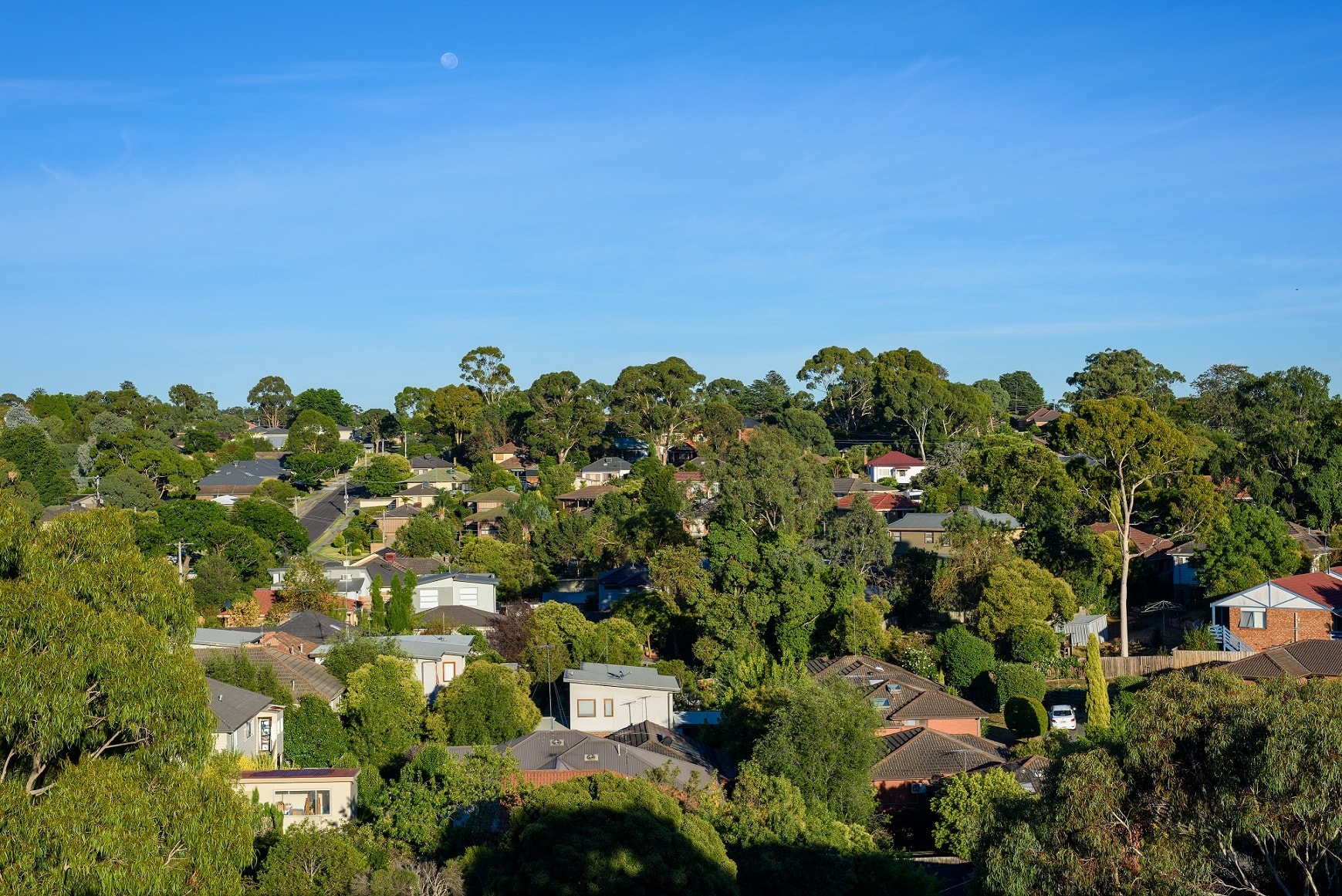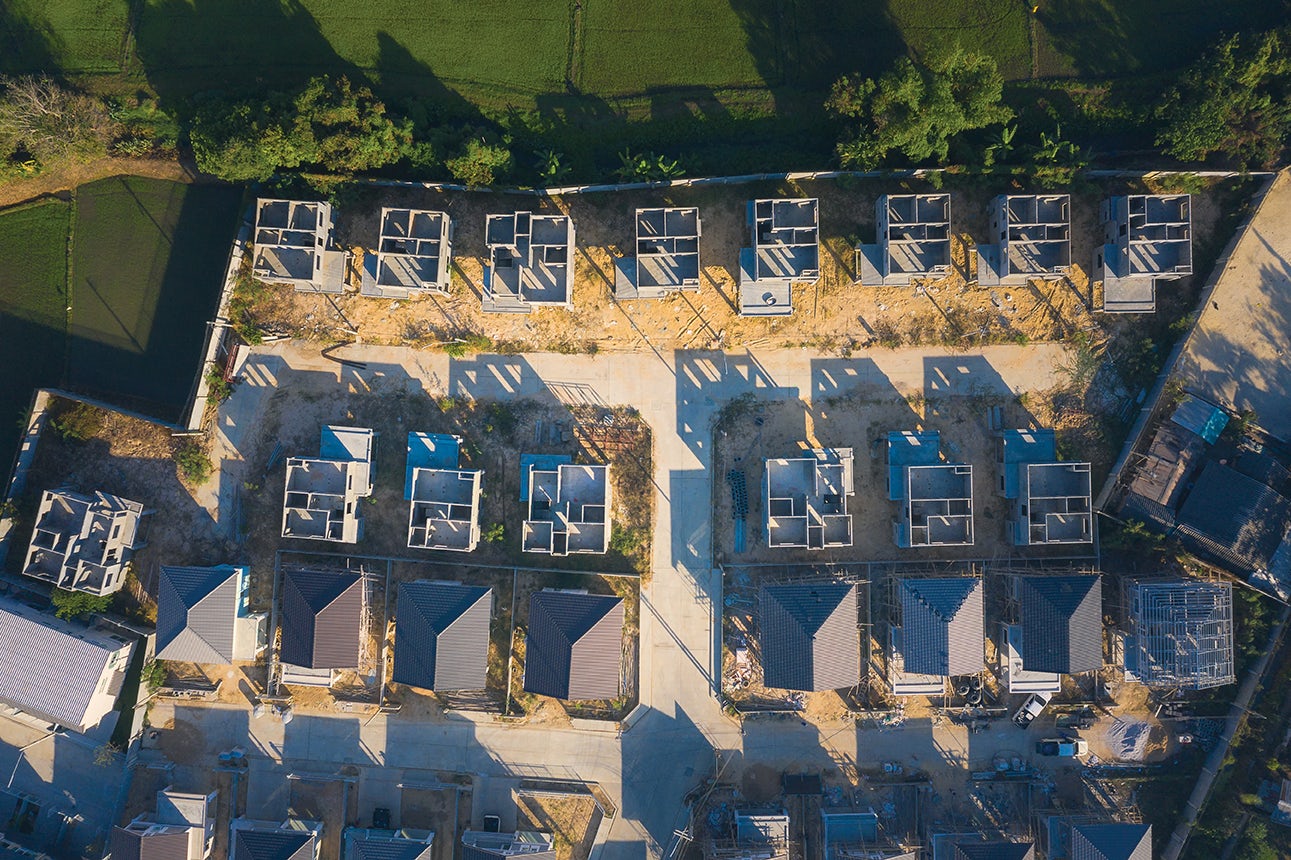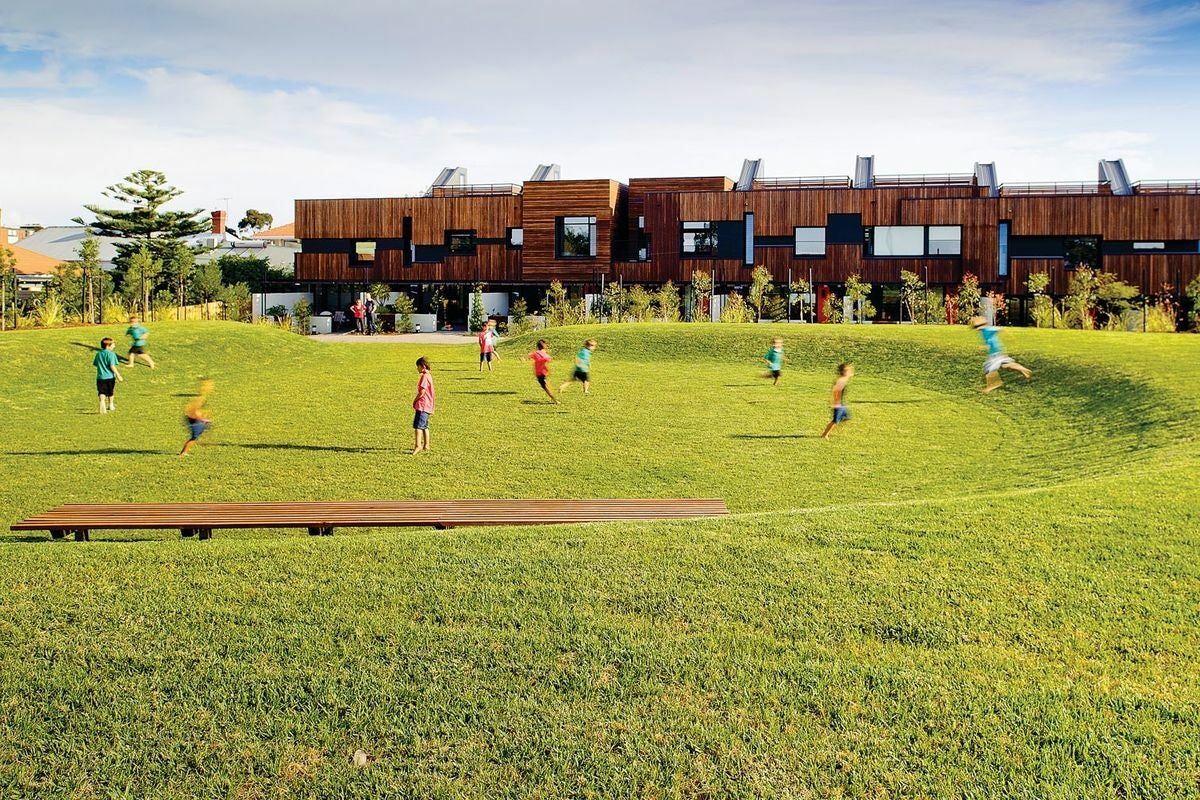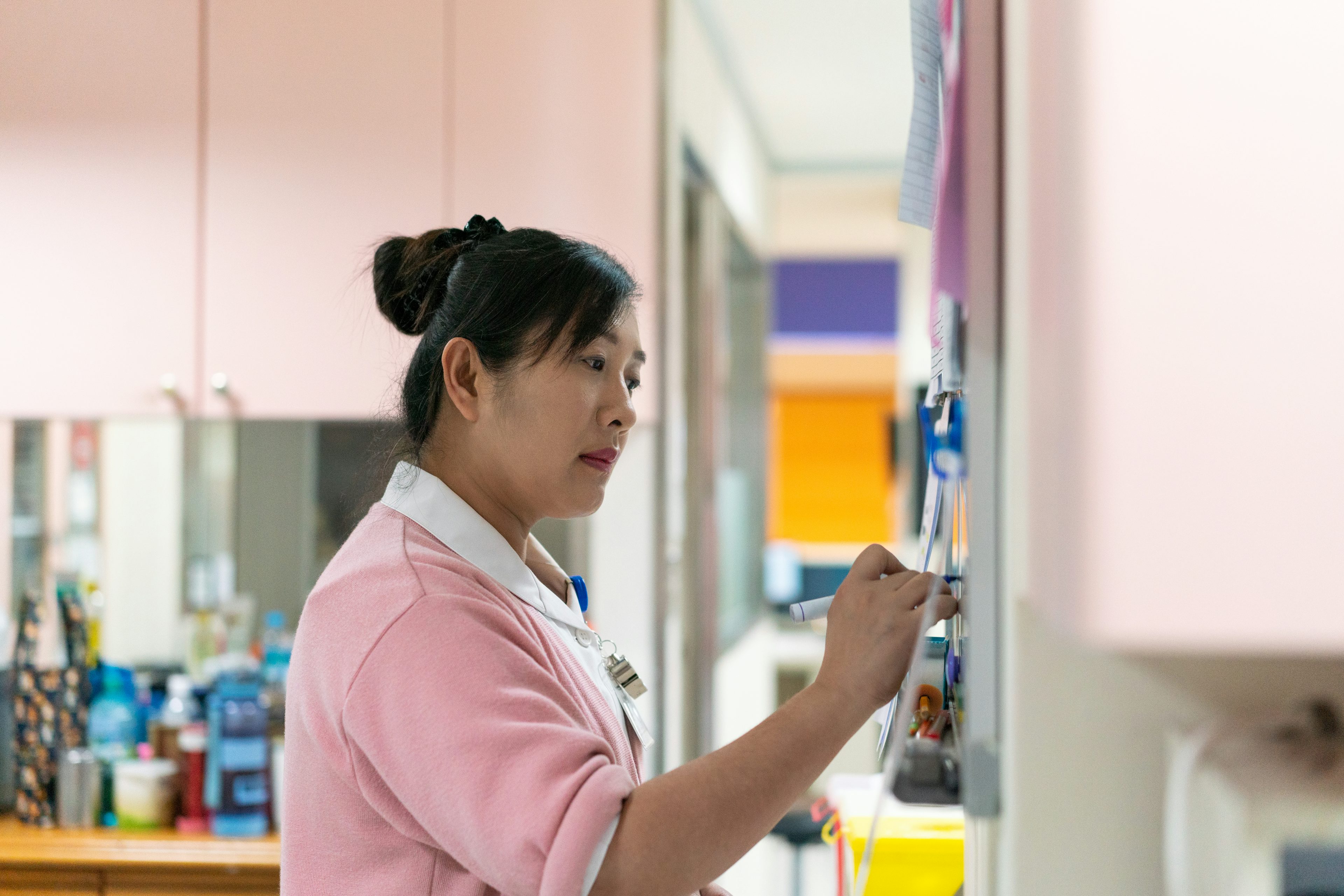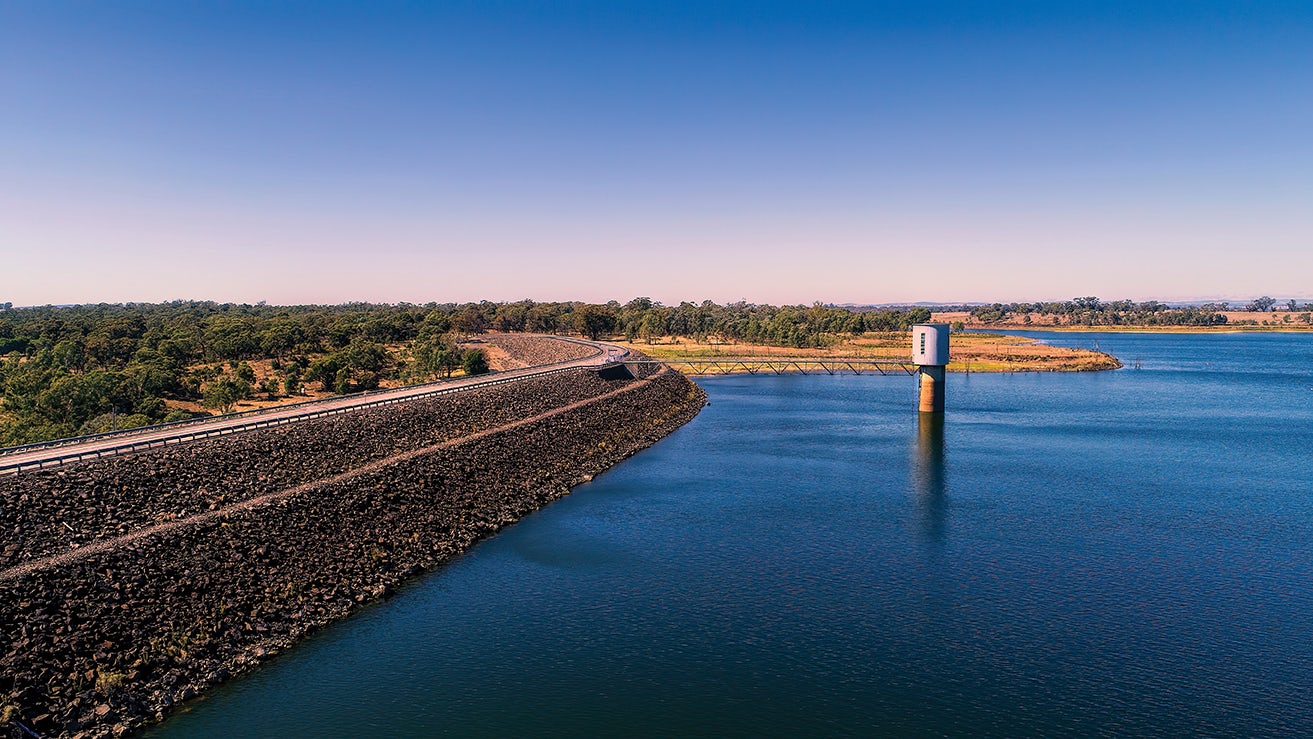Regional Victoria
Regional centres are some of the fastest-growing areas in Victoria but housing and transport infrastructure are not keeping up. Infrastructure Victoria’s work shows how infrastructure can better connect regional Victorians to more homes, jobs and services.
Challenges
Regional Victorians cannot find affordable housing near jobs and services
Many people find it hard to get affordable rental homes in regional centres like Ballarat, Bendigo and Geelong. Affordable housing is often far from jobs, healthcare and education. This means many regional Victorians must travel long distances to reach basic services. This is harder still for people with disabilities, who make up a higher proportion of regional Victoria's population.
Regional public transport does not reach the places that people need
Around 90% of young people in rural and regional Victoria cannot go to TAFE or university by public transport. Services are infrequent, indirect and do not run when people need them. New suburbs in Shepparton and Wodonga have no bus services. When people cannot drive, they struggle to reach work, education or healthcare.
Infrastructure gaps persist in regional areas despite growing need
Persistent infrastructure gaps limit opportunities and worsen outcomes for regional Victorians. There are more overdose deaths in regional Victoria than Melbourne. But some regions have no alcohol and drug treatment facilities. Nearly 90% of registered community health services report at least one or more of their buildings are in poor condition or at end of life Almost half of regional bus stops are not wheelchair accessible. Many regional hospitals do not have electronic medical records. Regional TAFEs lack training space to meet growing demand for construction, energy and healthcare skills.


